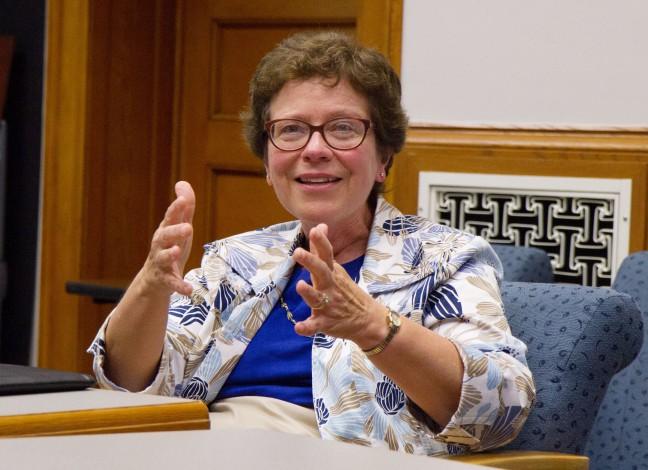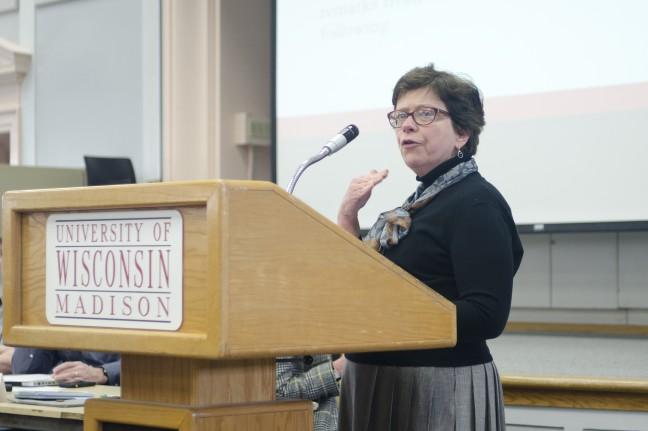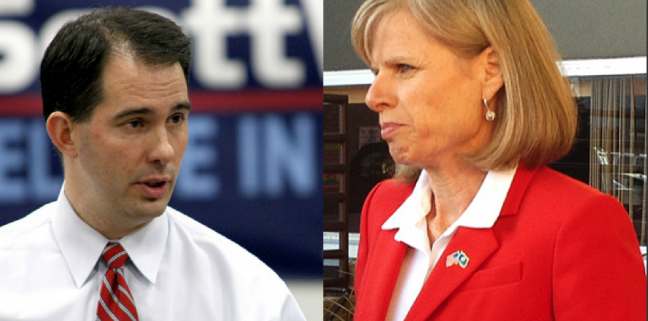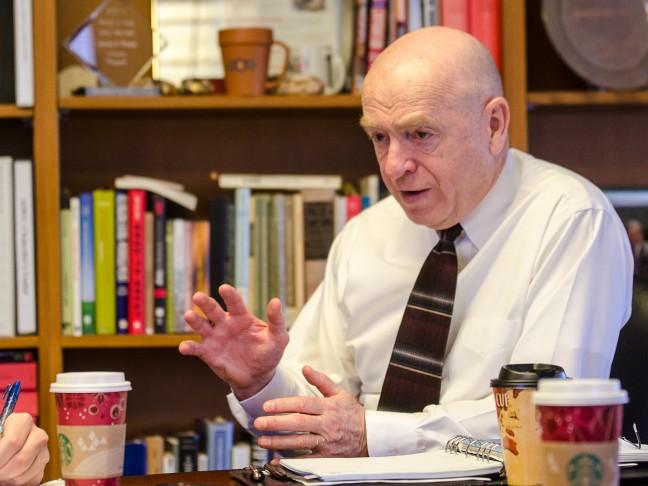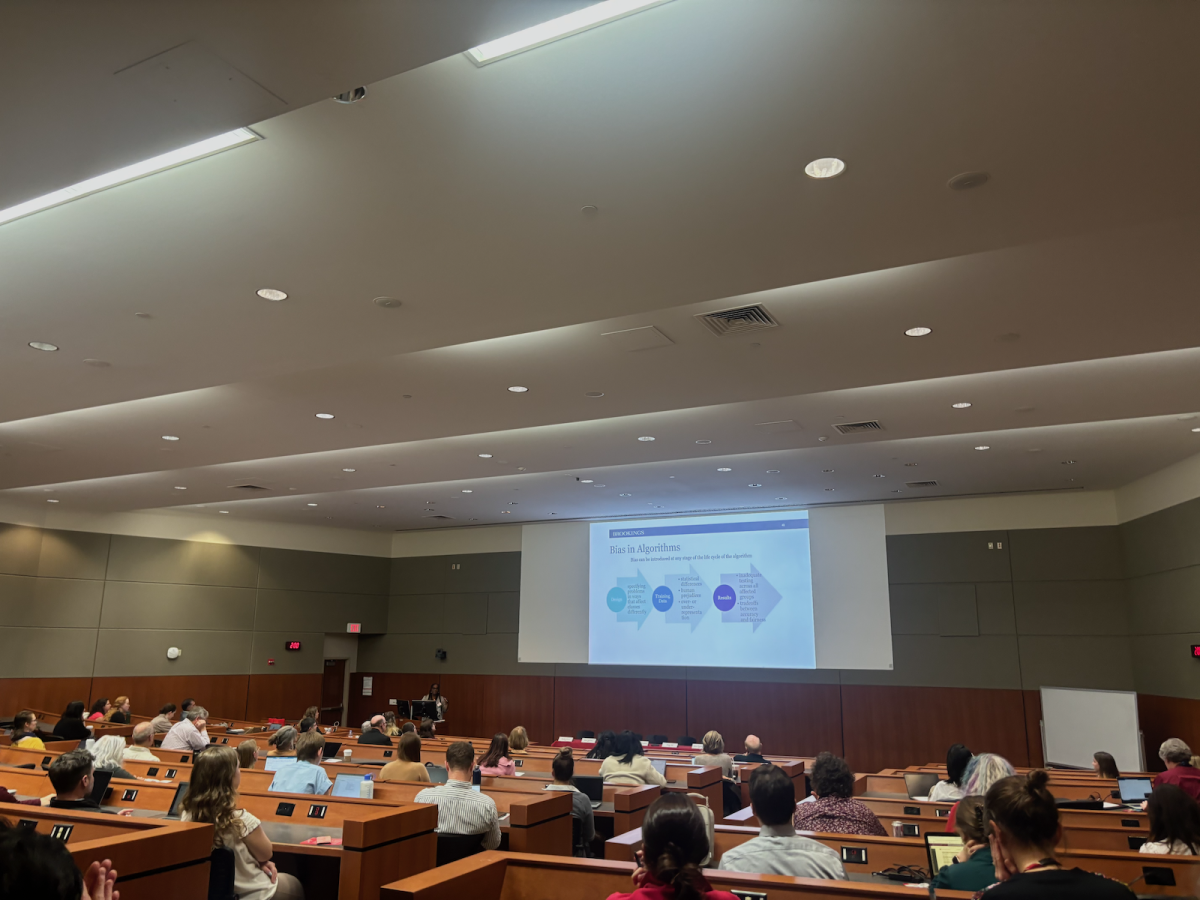(AP) — As President Barack Obama prepared to announce new measures Wednesday to help ease the burden of student loan debt, new figures painted a demoralizing picture of college costs for students and parents: Average in-state tuition and fees at four-year public colleges rose an additional $631 this fall, or 8.3 percent, compared with a year ago.
Nationally, the cost of a full credit load has passed $8,000, an all-time high. Throw in room and board, and the average list price for a state school now runs more than $17,000 a year, according to the twin annual reports on college costs and student aid published Wednesday by the College Board.
The large increase in federal grants and tax credits for students, on top of stimulus dollars that prevented greater state cuts, helped keep the average tuition-and-fees that families actually pay much lower: about $2,490, or just $170 more than five years ago. But the days of states and families relying on budget relief from Washington appear numbered. And some argue that while Washington’s largesse may have helped some students, it did little to hold down prices.
“The states cut budgets, the price goes up, and the (federal) money goes to that,” said Patrick Callan, president of the National Center for Public Policy and Higher Education. “For 25 years we’ve been putting more and more money into financial aid, and tuition keeps going up. We’re on a national treadmill.”
Nonetheless, President Obama planned to announce a series of steps to help with one of the consequences of rising college prices: student debt. This year total outstanding student loan debt has passed $1 trillion, now exceeding credit card debt. And concerns about student loan debt have been front and center with many of the Occupy Wall Street protesters.
Obama will use executive authority for two loan-relief measures. First, he will move up the start date – from 2014 to 2012 – of a plan Congress already passed that reduces the maximum repayment on federal student loans from 15 percent of discretionary incomes to 10 percent. The White House says about 1.6 million borrowers could be affected, and that remaining debt would be forgiven after 20 years, instead of 25.
The administration also will allow 5.8 million borrowers with outstanding loans from two federal programs – direct lending the Family Education Loan Program – to consolidate into a direct loan, potentially saving some borrowers hundreds of dollars per month.
Those changes may not help new borrowers much, but they could put cash in the pockets of millions still paying back their loans. They also could encourage more borrowers to take advantage of the income repayment options that are already in place, but not widely known. Finally, by consolidating into direct lending, more could qualify for that program’s public service loan forgiveness, which can forgive debts after just 10 years of repayments for people working in nonprofit or public service jobs.
In the College Board’s latest price report, some of the increase was driven by huge increases at public universities in California, which enrolls 10 percent of public four-year college students and whose 21 percent tuition increase this year was the largest of any state.








